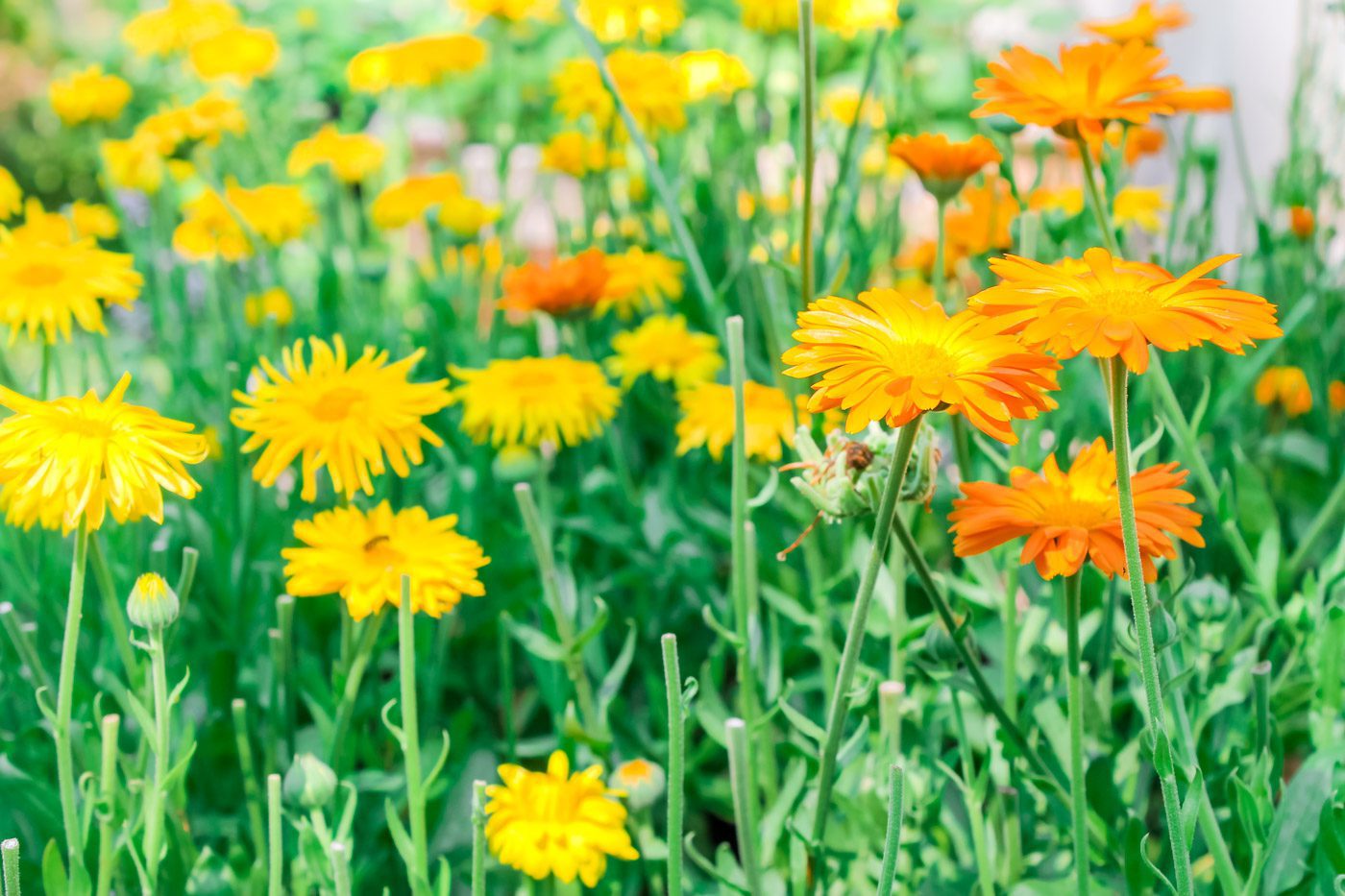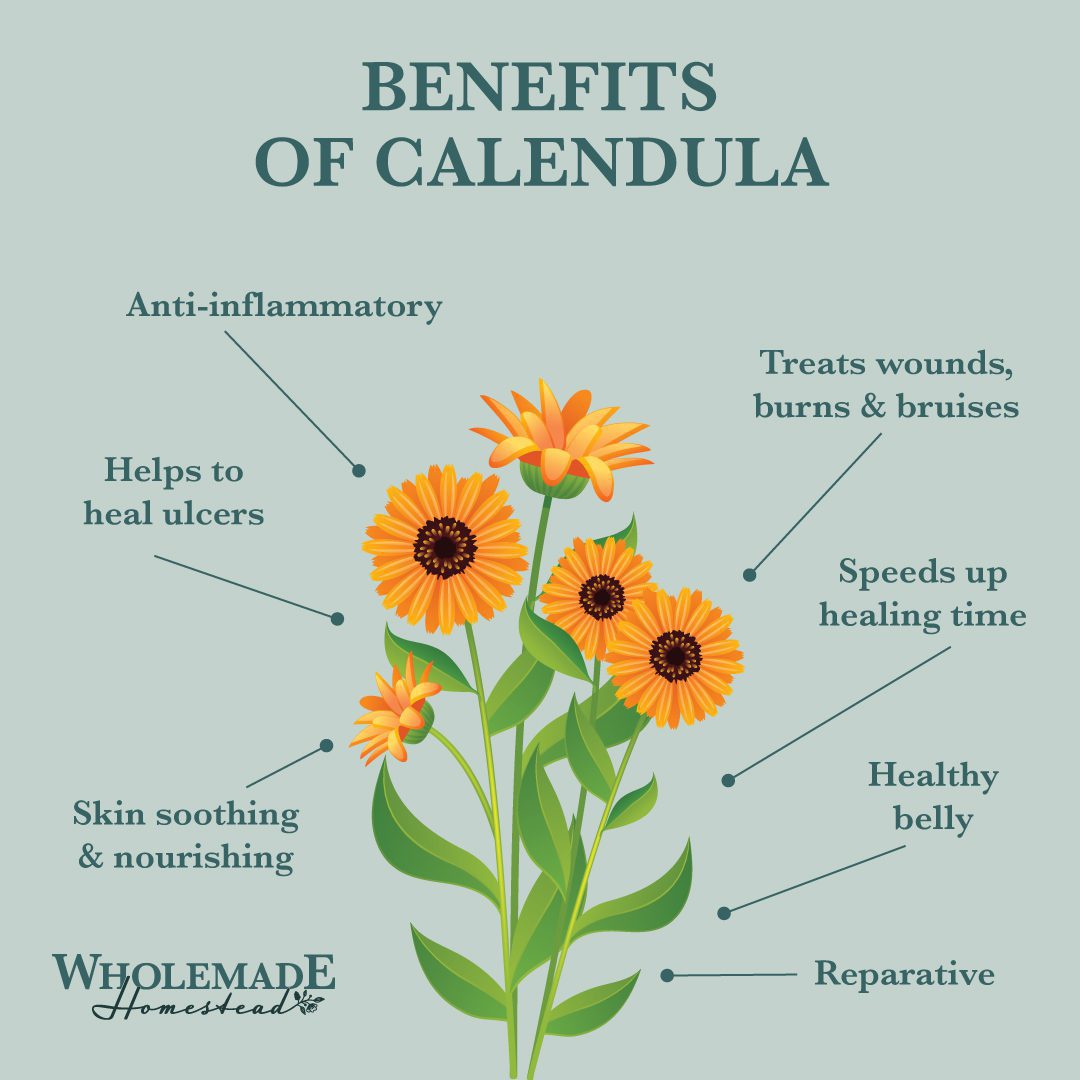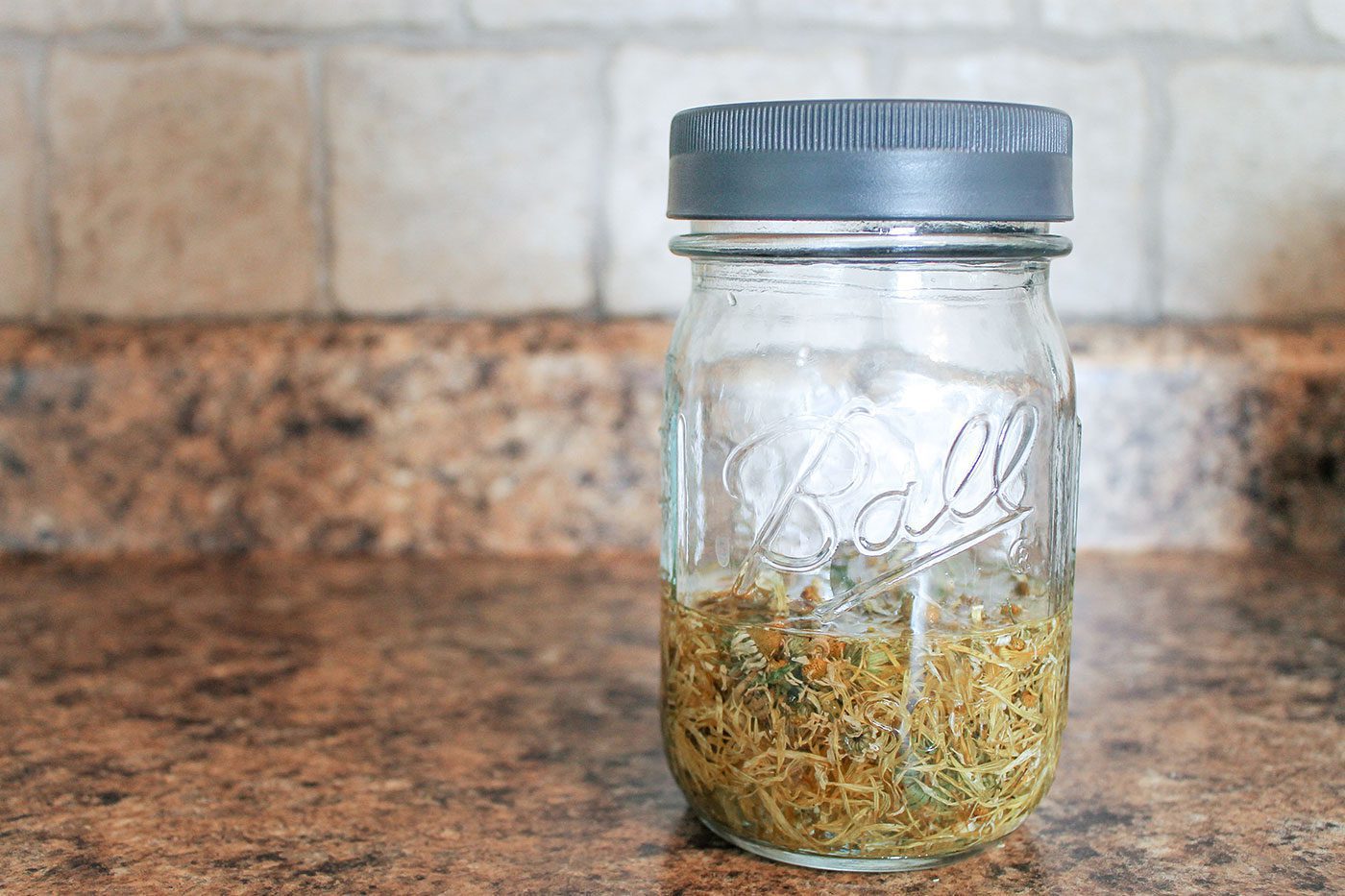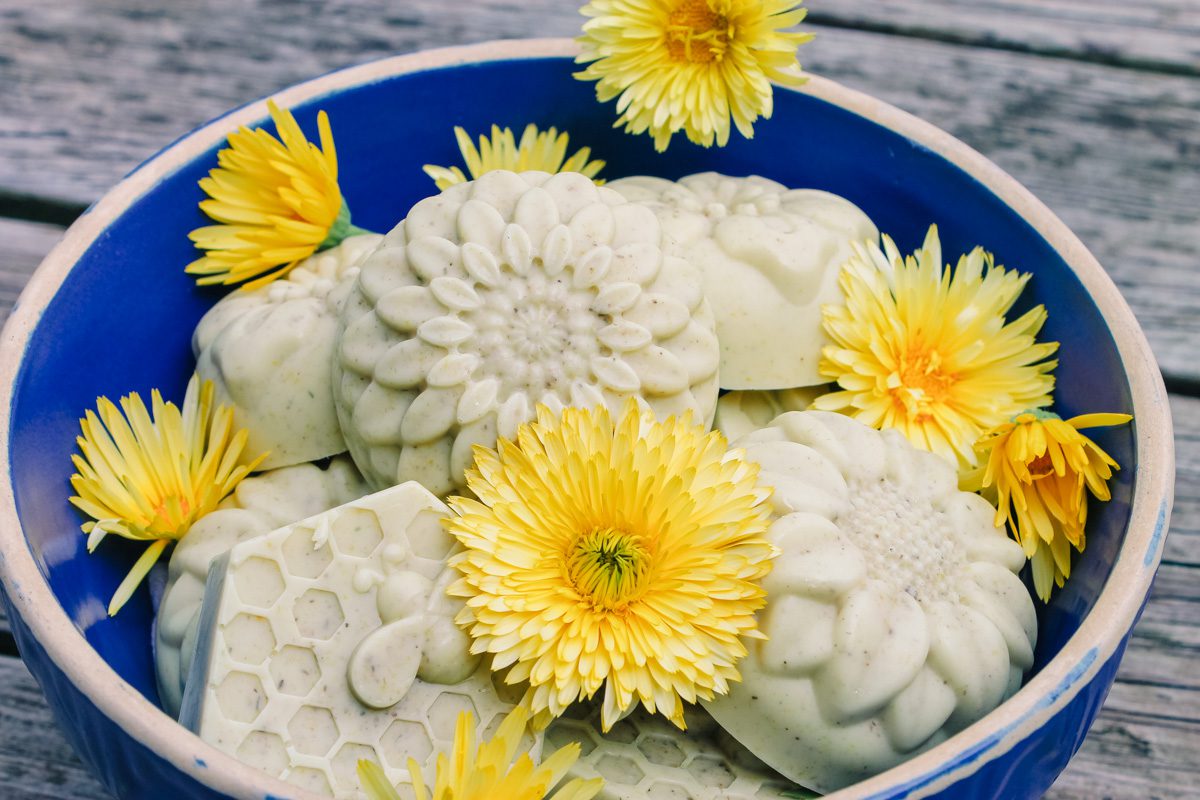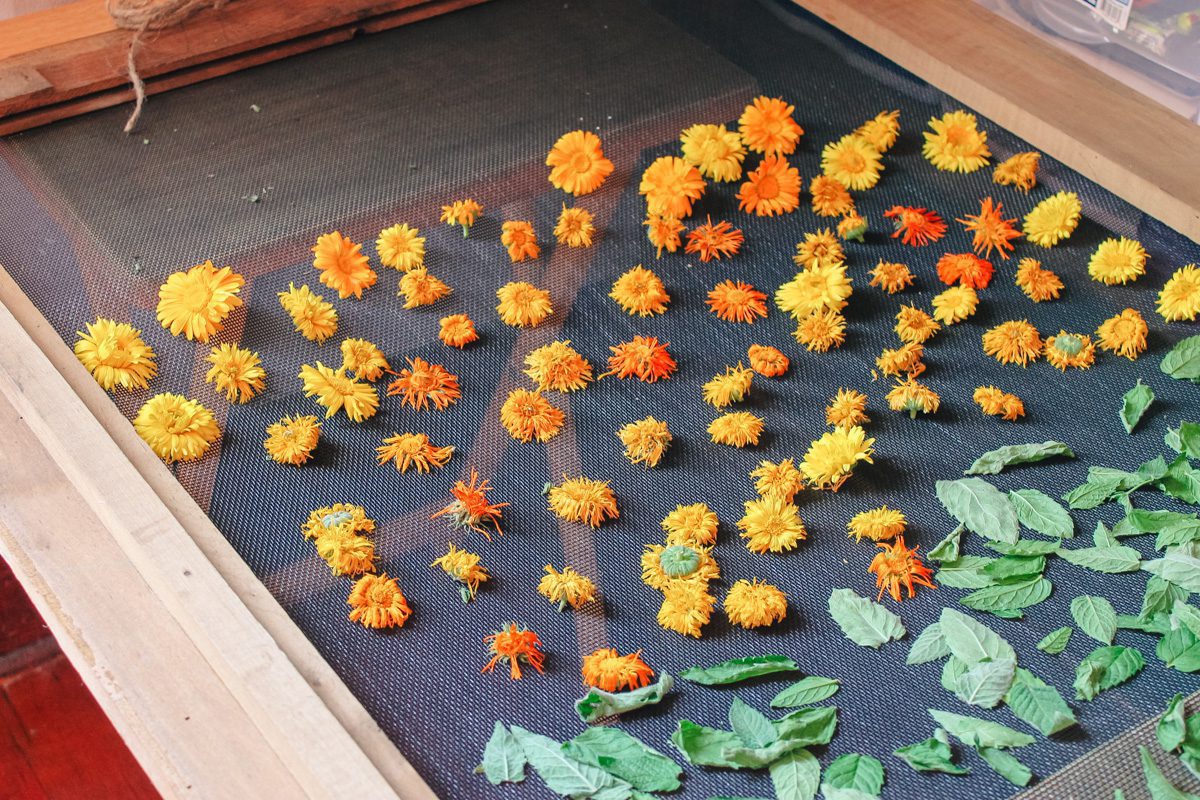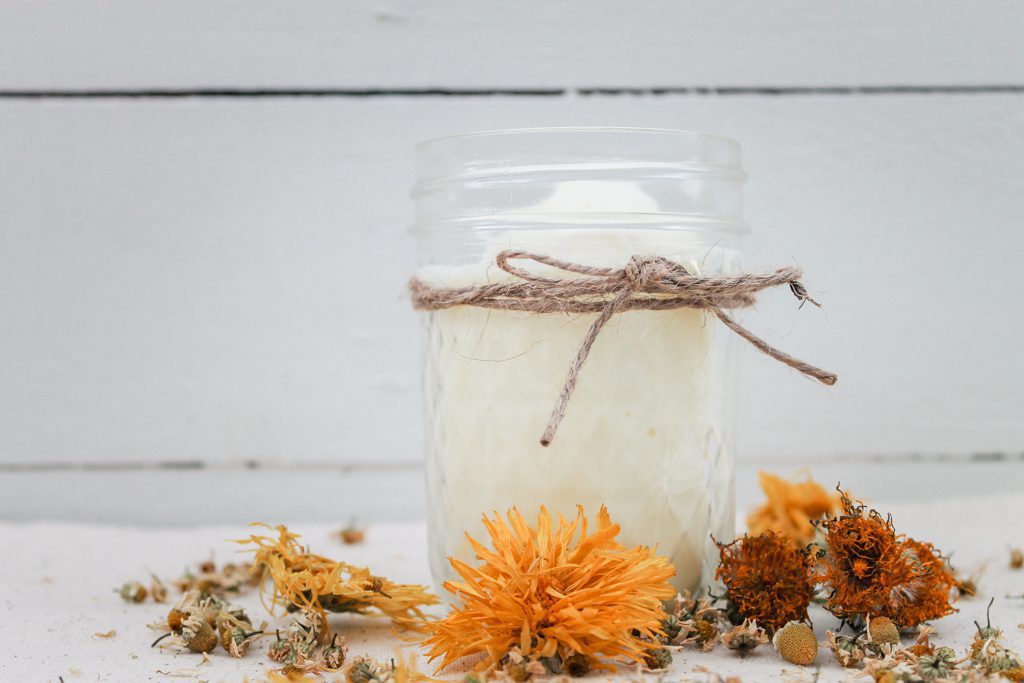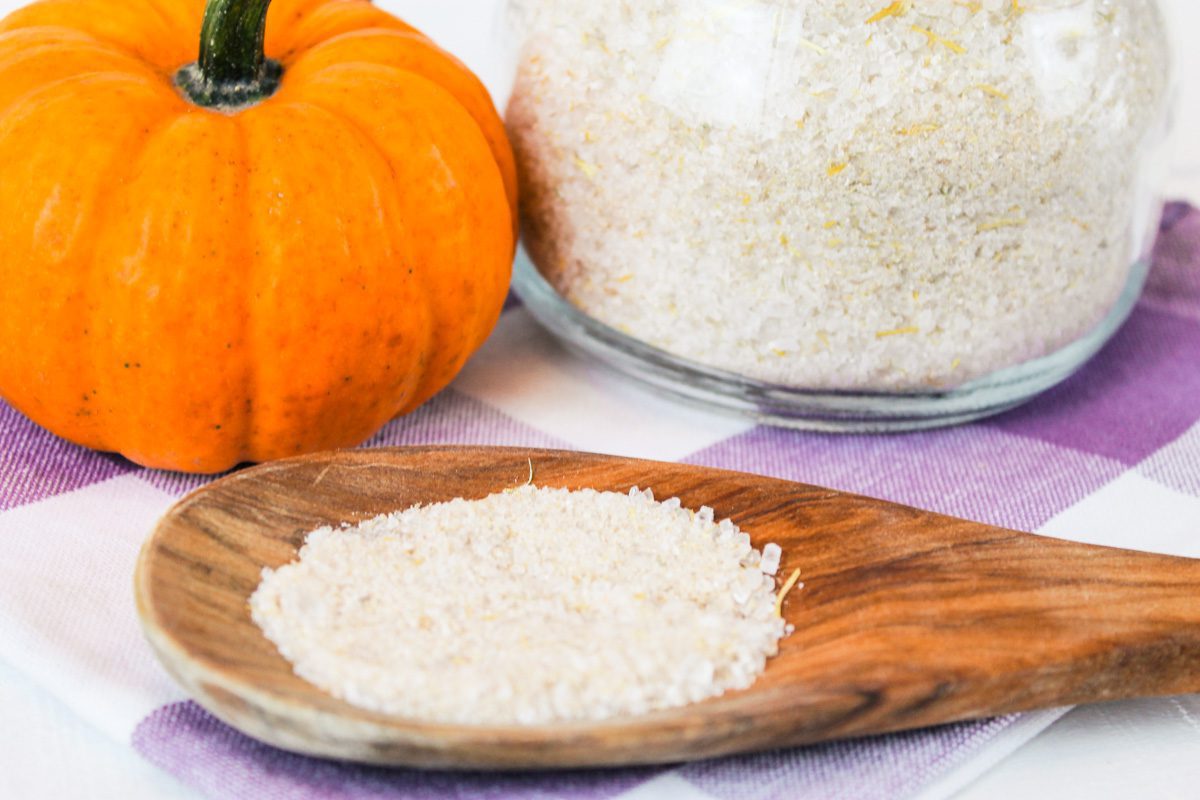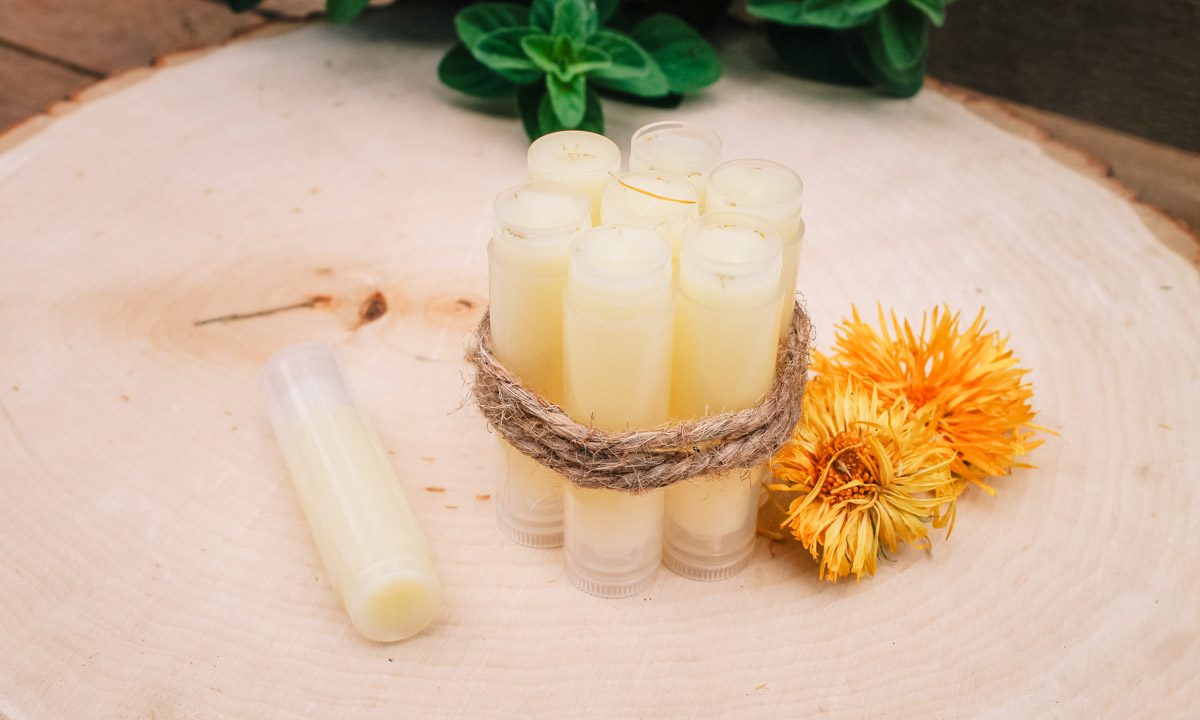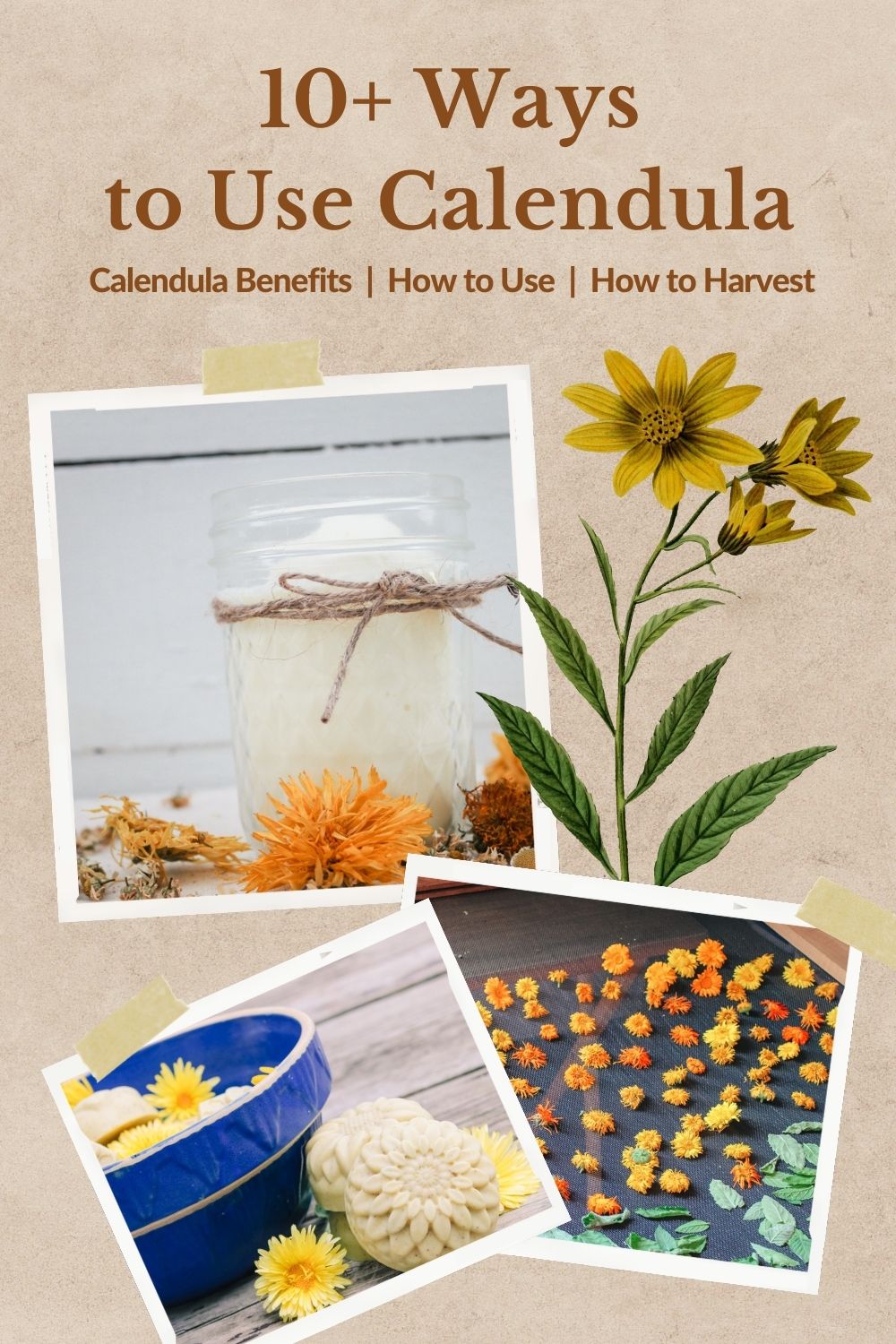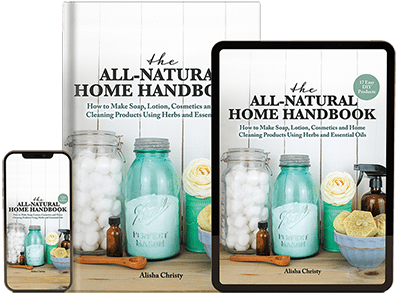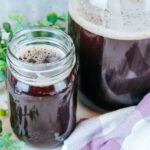Calendula, an easy to grow flower, can be used to treat rashes, heal wounds, treat inflammation, support a healthy gut and can be added into soaps, salves and balms. Learn the top 10 ways to use this powerful herb in your every day life.
In the world of herbalism, there are countless plants that can bring health and healing to your body. Among the most common are herbs like mint, parsley and oregano. These fellas are well known for their ability to add flavor to dishes and drinks but many are unaware of their full capabilities. For instance, peppermint, known to liven up a glass of iced tea or added into a dessert, such as ice cream, can be used in far more ways than culinary purposes. Peppermint is an excellent herb to treat an upset stomach, promote clear breathing when the lungs are congested and can relieve headaches.
Then there are those pesky weeds that everyone wants to get rid of such as dandelion, violets and plantain. But those annoying weeds have tremendous healing powers.
Some lesser known herbs are elecampane, yarrow and calendula. Calendula is by far our favorite and most used herb on our homestead. Little did we know, until just a few years ago that this herb would be used in countless ways to bring healing to our family internally and externally.
What is Calendula?
Calendula (calendula offficinalis), also known as the pot marigold is a beautiful cheery herb that not only looks lovely in your garden but also has wondrous healing benefits. It has anti-biotic and anti-inflammatory properties, helps to decrease pain and accelerates cell division in your body helping to heal your body faster.
How to Harvest Calendula
The flower is the medicine. To harvest calendula, gently snip off the flower head when it has fully bloomed. To preserve the flower, lay the flower head flat on a screen out of direct sunlight until completely dried. You can also trim the stems of the plant that are attached to the flower and hang them up to dry. Tie a few stems together at the base with a piece of twine or string. Once dried, store them in a jar with an airtight seal in a cool, dark place. Use within two years. For complete details on how to properly dry your homegrown herbs, check out this blog post.
How to Use Calendula
There are a variety of ways to use calendula. Some of our favorite ways to use calendula are in homemade salves, soaps and used as a poultice to heals wounds. Here are 10+ ways to use calendula flowers.
Calendula Infused Oil
Infusing calendula into oil is a great way this herb in topical applications such as lotions, salves and balms. There are plenty of oils to choose from but my go-tos tend to be sunflower oil, grapeseed and olive oil. My favorite way to infuse herbs into oil is the slow sunny window method. Simply place the herbs into a glass jar and cover them with oil. Be sure they are completely covered by at least 1/4 inch of oil or the herbs that are exposed may mold. Cap the mason jar with a lid, place within a paper bag and sit on the sill of a warm, sunny window. Shake the jar daily. Within 7-10 days, strain out the herbs, store in a bottle and refrigerate.
Make a Calendula Tincture
Tinctures are a potent, portable form of herbal medicine. Often made with alcohol, such as vodka, a calendula tincture is excellent for internal or external issues. Topically, it can treat things like bruises, wounds, burns, fungal infections and rashes. To create a calendula tincture, fill a jar with dried calendula flowers, then cover it with vodka. Cap the jar and store in a dark place for a few weeks. Using a mesh strainer, strain the herbs out, pour the remaining liquid into a bottle and it will last for several years.
Calendula Soap
Soap making is one of the most fun and useful skills to have. You can use calendula infused oil in a hot and cold processed soaps. I prefer not to deal with lye so I always make my soaps by using the melt and pour method. Melt and pour soap recipes allow you to melt the soap base and add in practically any ingredient to customize your bar of soap. Since calendula is an excellent herb for your skin, I love grinding it up and putting it into my homemade soap recipes. My family’s favorite is the soothing soap with calendula and oatmeal. It is perfect for all skin types!
Use in a Poultice
Once upon a time there was a young homesteader who was busily doing farm work. While shuffling things around she happened to drop a large retaining wall brick on top of her foot. As she hobbled back to the house with a swollen, bloody foot, she thought to herself, “how shall I fix this little shenanigan?”. To the rescue came her Mom, with a poultice in hand, to wrap around the sore foot. Within minutes, the bleeding stopped and in an hour, the foot was no longer swollen, with only a slight bruise.
The name of the damsel in destress, shall remain anonymous. But let’s just say, she can now honestly write blog posts about the power of herbal medicine.
What is a poultice? A poultice is an external application where an herb is placed on the skin to encourage healing from something as small as a bee sting to more serious injuries. Fresh or dried herbs can be used when making a poultice. When making a poultice with calendula, grind the herbs in a spice grinder, mix with a little water, oil or tincture and place on the skin. To secure the calendula poultice, wrap with a cloth bandage. The Homegrown Herbalist recommends a schedule of twelve hours on and twelve hours off with poultices.
Calendula Tea
There is nothing quite like a cup of hot tea on a cold winter night. When people think of a warm tea, they often think of a bag purchased from a grocery store. A real herbal tea is different. It is much more potent and purposeful. Calendula tea is a great way to soothe a sore tummy. Be forewarned, calendula is not the most pleasant tasting herb. It can be a little bitter, so either drink the tea quickly or pair is with a more pleasant tasting herb like lemon balm. Or a touch of sweetener.
To make a hot herbal tea using calendula, place the herb in a tea bag, pour boiling water over it and place a plate over the cup while it cools. Without a plate to cover the cup, the medicinal oils will evaporate in the steam. Once the tea cools, you can drink it.
Treat Inflammation
Calendula is a great herb to treat inflammation externally or internally. Topically, calendula is a great addition to diaper creams and lotions. It helps to to reduce swelling, appearance of varicose veins, heals bruises and dry skin and can soothe shingles. Taken internally, calendula can help calm inflamed throats and gastrointestinal issues.
Reduce Stomach Problems
Tummy troubles are never pleasant. Stomach ulcers. Gas. Cramping. No thank you!
Thankfully, calendula helps to treat all of those concerns as well as bladder infections and menstrual cramps. A while back, after a long, extremely stressful year, my body decided to develop a stomach ulcer. In the pursuit of riding my body of the ulcer, I tried various things. Nothing worked like calendula. I simply ground the dried flowers into a powder and took them with water. After a couple of weeks, the calendula had done its job and the ulcer was gone.
Support Respiratory Issues
When it comes to treating respiratory problems, sore throats, congestion or swollen tonsils, most people don’t think of calendula. When my father was sick with respiratory troubles a few years ago, mixing some ground calendula into yogurt, helped to reduce inflammation and bring healing to his lungs.
Mix into Lotions
Calendula infused oil can be used to create lotions and body butters. For the recipe below, I infused calendula along with chamomile and dandelion flowers into some coconut oil. The triple soothing body butter is a great overall moisturizer and can be used by most skin types. I have used it to to moisturize my legs after shaving, to treat skin rashes from excessive sweating and relieve an itchy rash after getting into a tangle with a patch of thistles.
Bath Salt or Foot Soak
Decrease pain, soften skin and pamper yourself by adding calendula into a homemade bath salt. If you don’t like taking baths (like me), try tossing the bath salt into a small bucket to soak your feet. To create an easy herbal bath soak, grind the calendula flowers into a powder and mix with epsom salt. Or try my spiced bath salt recipe. To make clean up easier, add the salts into a tea bag and place into warm water.
Add to an Herbal Balm or Salve
Herbal balms and salves are an excellent way to treat sore muscles, soothe burns, calm irritated skin, manage external infections and so much more. Salves and balms are convenient and portable to use. And perfect for those that resist taking herbs internally such as kids. Calendula is best used in salve or balm recipes by infusing the flower into oil.
Treat Bug Bites
Alleviate itchy areas on your skin from biting flies, mosquitoes, bee stings and other insect bites by infusing sunflower oil with a handful of dried calendula. Calendula works wonders to reduce swelling and calm aggravated skin. Grab the recipe for all-natural bug bite relief here.
What is your favorite way to use calendula on your homestead? Share in the comments below.

